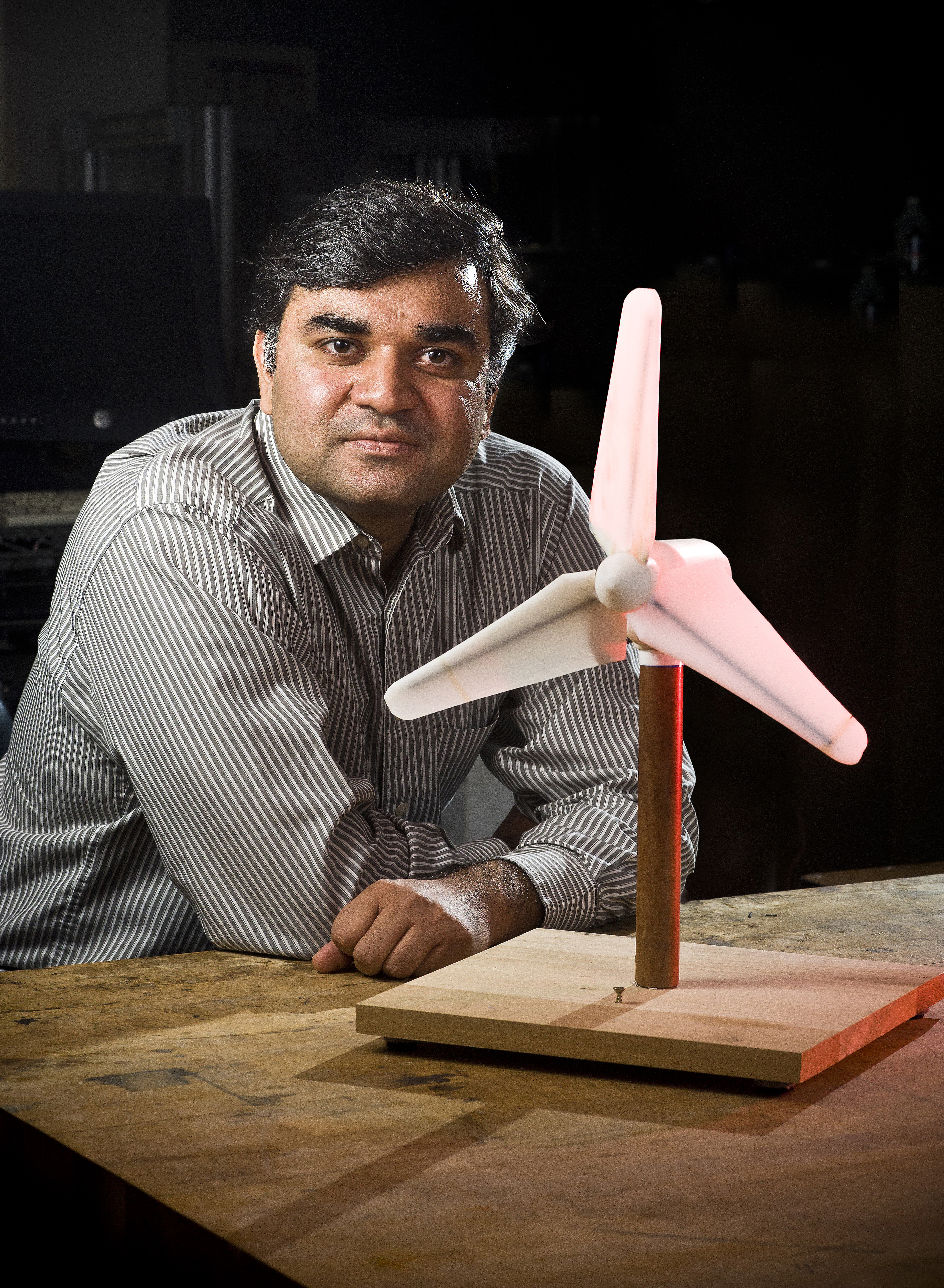Virginia Tech to host energy harvesting summit with goal of spurring job growth

Virginia Tech’s College of Engineering will host a Virginia Energy Summit at month’s end, bringing together Virginia-based energy companies and related government agencies to identify industry opportunities. Summit leader Shashank Priya says the meeting will pave the way for partnerships that could spur high-paying jobs in the burgeoning energy harvesting sector.
“We anticipate this meeting to play a vital role in bringing together small and large businesses towards development of energy generation and distribution technologies,” said Priya, associate professor of mechanical engineering and materials science and engineering.
“Energy harvesting is growing rapidly across the world, covering vital sectors of the economy such as defense, health care, infrastructure, construction, mining, and consumer electronics. Commercial transitions from laboratory to market are continuously happening, and in past few years many new companies have been formed to capture this growing industry.”
Priya said the Jan. 31 summit will be led by Virginia Tech’s Center for Energy Harvesting Materials and Systems, which Priya directs, and could help the commonwealth form a leadership role in development of the U.S. energy harvesting market. “Virginia is uniquely positioned to be a dominant player in this market, creating new economy and high-paying jobs here,” he added. “The research conducted at our Center for Energy Harvesting Materials and Systems, and its partnering industries, is continuously paving the way for new opportunities.”
Registration deadline is Jan. 20.
Priya cites an American Solar Energy Society study that found “renewable energy and energy efficiency industries represented more than 9 million jobs and $1,045 billion in revenue in 2007.” Further, he said, a United Kingdom-based firm has stated the market for wireless sensor networks is expected to top $2 billion in 2021. These networks include structural health monitoring, and industrial and home networks that could help businesses and homeowners to cut costs and reduce negative environmental impact by conserving energy.
Energy harvesting is the ability to capture power from such sources as light, temperature gradients, wind, and vibrations, and use that power to operate machinery and devices. Examples include capturing the thermal gradient in automobile exhaust to generate electricity, powering the bridge monitoring sensors nodes by windmills, and powering the building sensor network using light and vibrations. Priya is considered an expert in the field, and just this past summer, played host to the sixth annual international Energy Harvesting Workshop in nearby Roanoke, Va.
“Unused power exists in various forms such as industrial machines, human activity, vehicles, vibrating structures, wind, sunlight, and various other environment sources,” Priya said. “During the past decade, several energy harvesting approaches have been proposed using solar, thermoelectric, electromagnetic, piezoelectric, and capacitive schemes. The research in this arena has led to the development of wide variety of prototypes demonstrating feasibility of implementing energy harvesting systems in practical components and devices.”
The summit is sponsored by the National Science Foundation’s Industry & University Cooperative Research Program, of which the center is a member. The program will be held at the Virginia Tech’s Institute for Critical Technology and Applied Science building, located on Stanger Street in Blacksburg. Two keynote presentations will be given by Rolls Royce and Siemens Corporate Technology.
The Center for Energy Harvesting Materials and Systems includes such major international companies as ITT Corporation, United Technologies Research Center, Science Applications International Corp., Texas Micropower Inc., Radiant Technologies Inc., Romny Scientific Inc., and OptiXtal Inc., as well as the U.S. Army.




